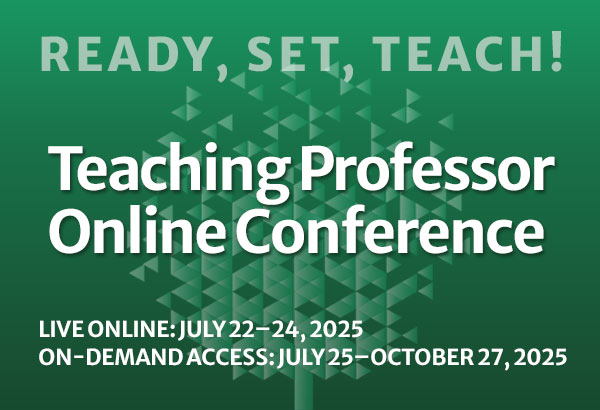
Flash Cards: A Good Study Strategy?
I used to question my students’ use of flash cards. Yes, I could see their value in language learning, but in a beginning communication course? In developmental English? My concerns did rest on a bit of academic elitism. I thought college students should be using












